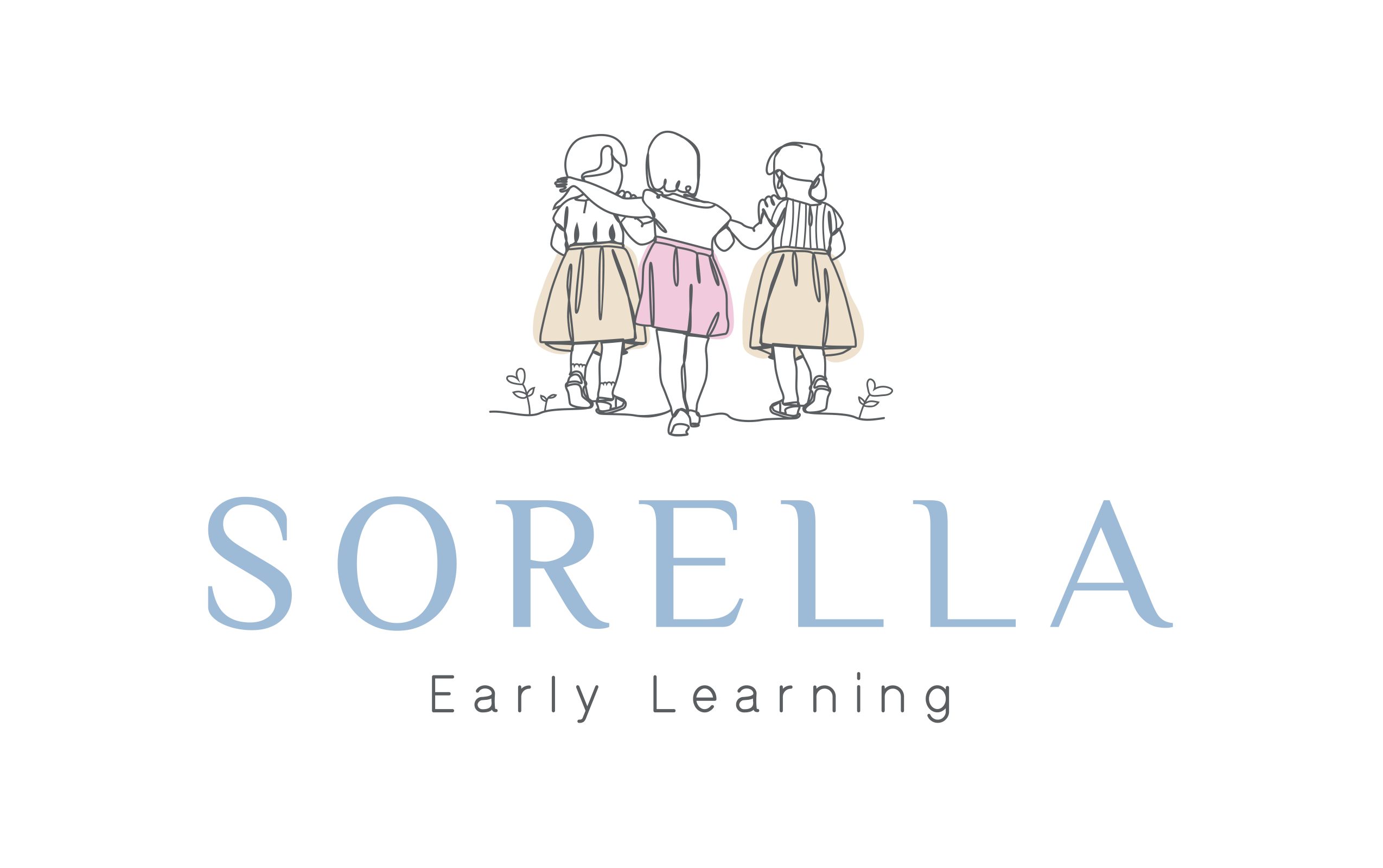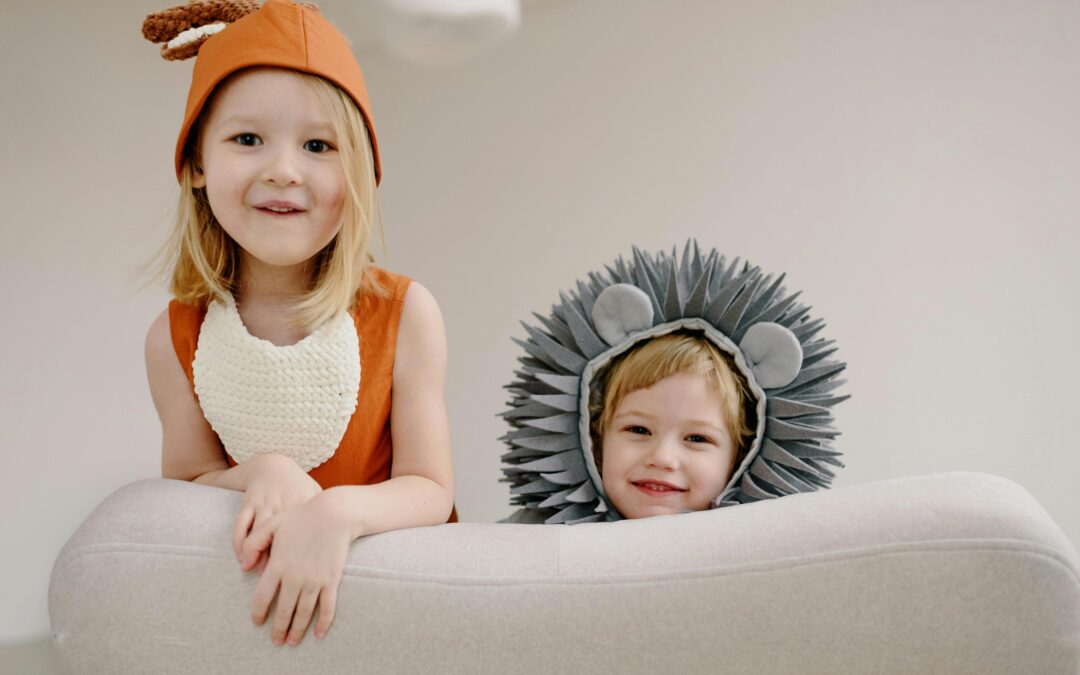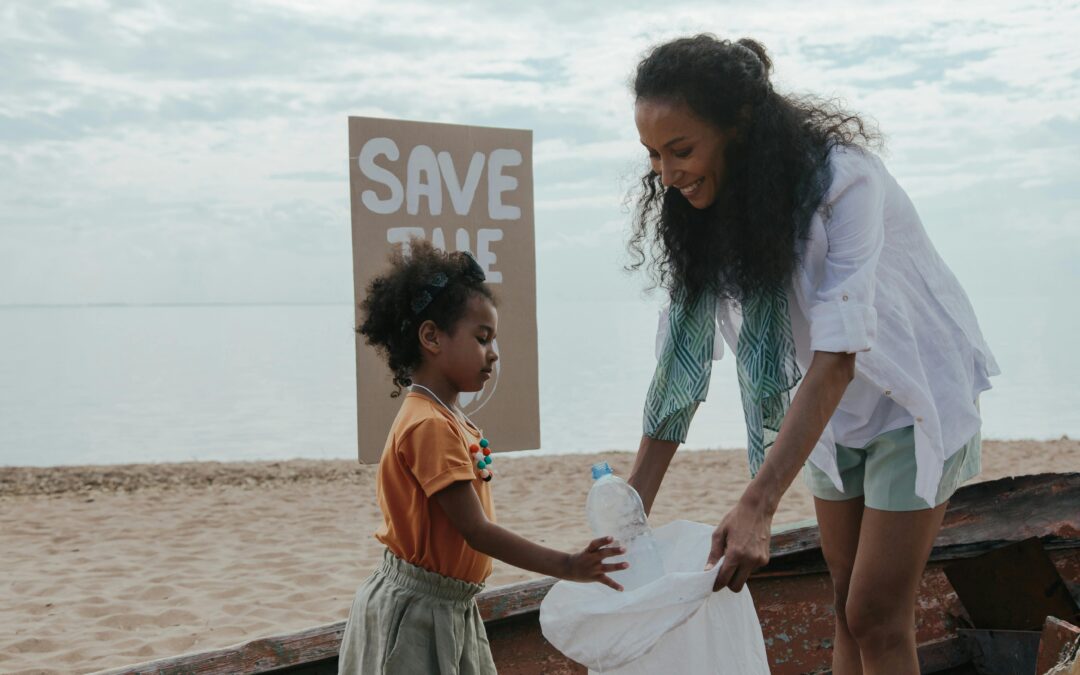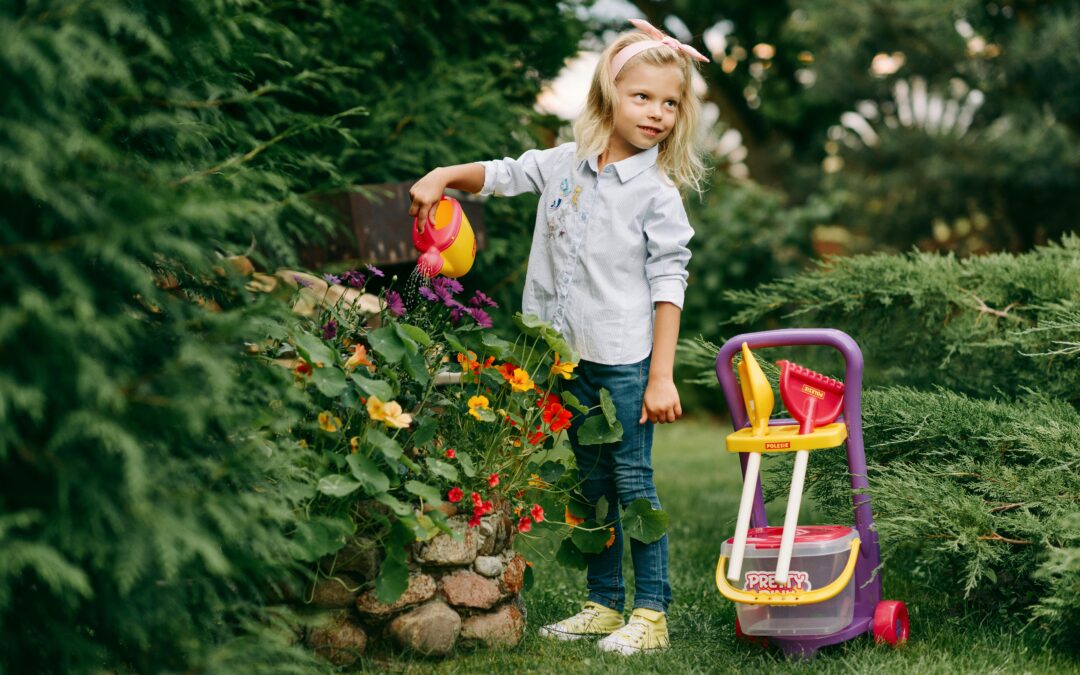
How Sorella Early Learning Supports First Time Parents with Expert Childcare Guidance
Navigating the world of parenting for the first time can feel like a bit of a rollercoaster, but with the right support, it becomes an enriching adventure. Enter Sorella Early Learning, a trusted partner for new parents seeking guidance in early childhood development. At Sorella, the focus is on creating a nurturing environment that not only supports your child’s growth but also provides reassurance to first-time parents. Through heartfelt testimonials, many parents have shared how Sorella’s expert childcare support has alleviated their worries, allowing them to embrace parenthood with confidence. Join us as we explore how the community at Sorella Early Learning has become a haven for parents looking for support and understanding in their journey.
Sorella Early Learning’s Trusted Support
At Sorella Early Learning, first-time parents find a supportive community that understands their unique needs. Let’s explore how Sorella provides comfort, expert guidance, and creates lasting connections with families.
Comfort for First Time Parents
Becoming a parent for the first time can be both exciting and overwhelming. Sorella Early Learning recognises this and creates a welcoming environment that puts new parents at ease.
From the moment you step through the doors, you’ll feel the warmth and understanding that Sorella offers. The staff are trained to support not just the children, but also the parents who might be feeling anxious about leaving their little ones for the first time.
Sorella’s facilities are designed with both children and parents in mind. Comfortable parent rooms, open communication channels, and regular updates help mums and dads feel connected to their child’s day, even when they’re apart. This approach helps ease the transition for both parents and children, making the childcare experience positive for everyone involved.
Expert Childcare Guidance
Sorella Early Learning prides itself on offering expert childcare guidance to first-time parents. Their team of qualified educators brings a wealth of knowledge and experience to support families through every stage of early childhood development.
The centre’s curriculum is based on the latest research in early childhood education, ensuring that children receive the best possible start in life. Educators work closely with parents to understand each child’s unique needs and create personalised learning plans.
Regular parent-educator meetings and workshops are held to share insights and strategies for supporting children’s growth at home. This collaborative approach empowers parents with the tools and confidence they need to nurture their child’s development both in and out of the centre. For more information on choosing quality childcare, parents can visit the Queensland Government’s guide.
Heartfelt Parent Testimonials
Nothing speaks louder than the experiences of other parents who have entrusted their children to Sorella Early Learning. These heartfelt testimonials offer a glimpse into the positive impact Sorella has on families.
Many parents speak of the peace of mind they’ve found knowing their children are in capable and caring hands. They often mention the visible progress in their child’s social skills, language development, and overall confidence since joining Sorella.
The sense of community at Sorella is frequently highlighted, with parents appreciating the support network they’ve gained. As one parent shared on Brisbane Kids, “Sorella isn’t just a childcare centre, it’s become an extension of our family.” These testimonials serve as a powerful endorsement of Sorella’s commitment to supporting first-time parents through their early parenting journey.





